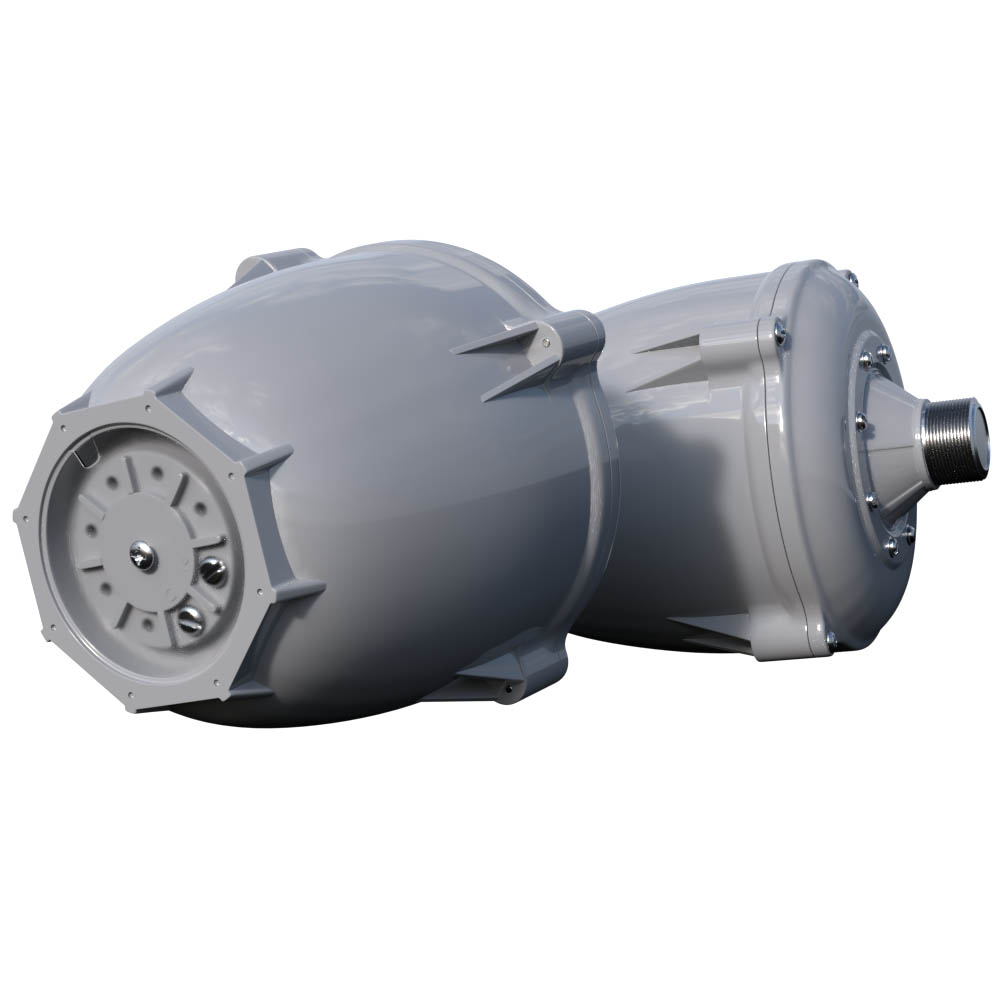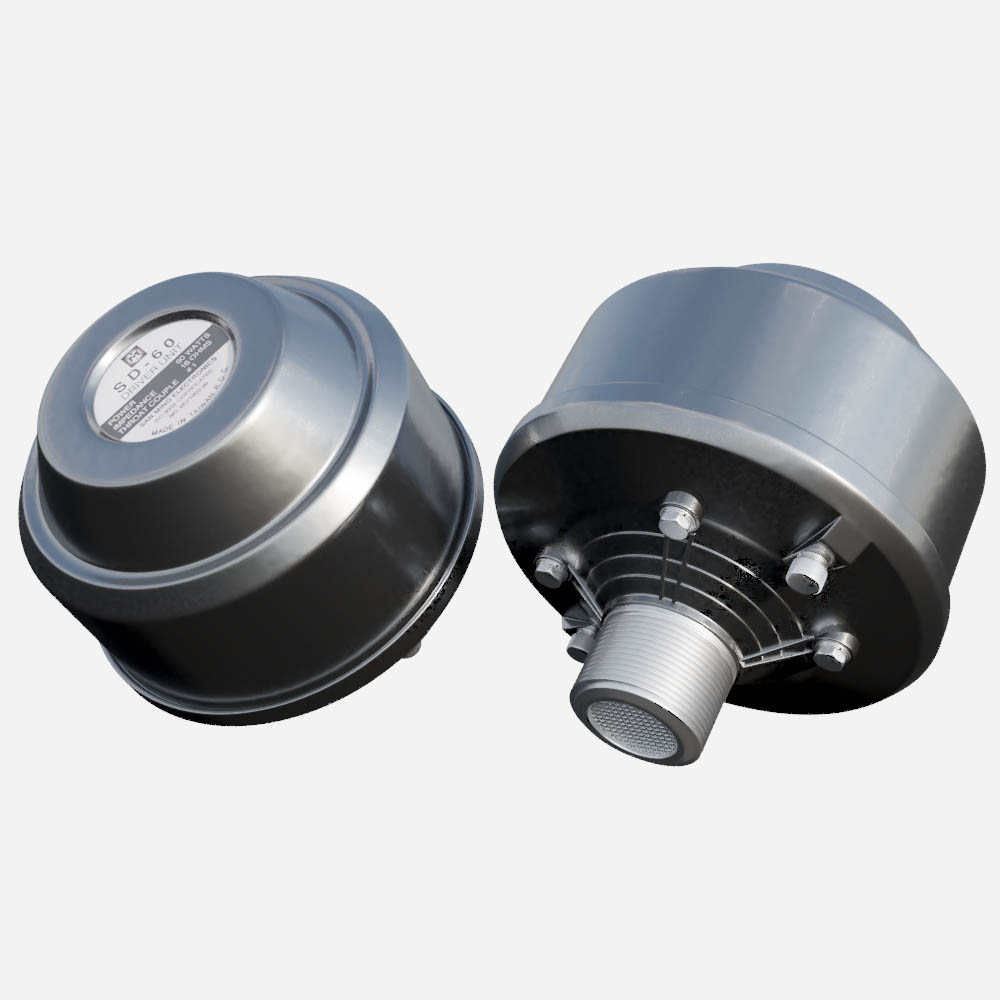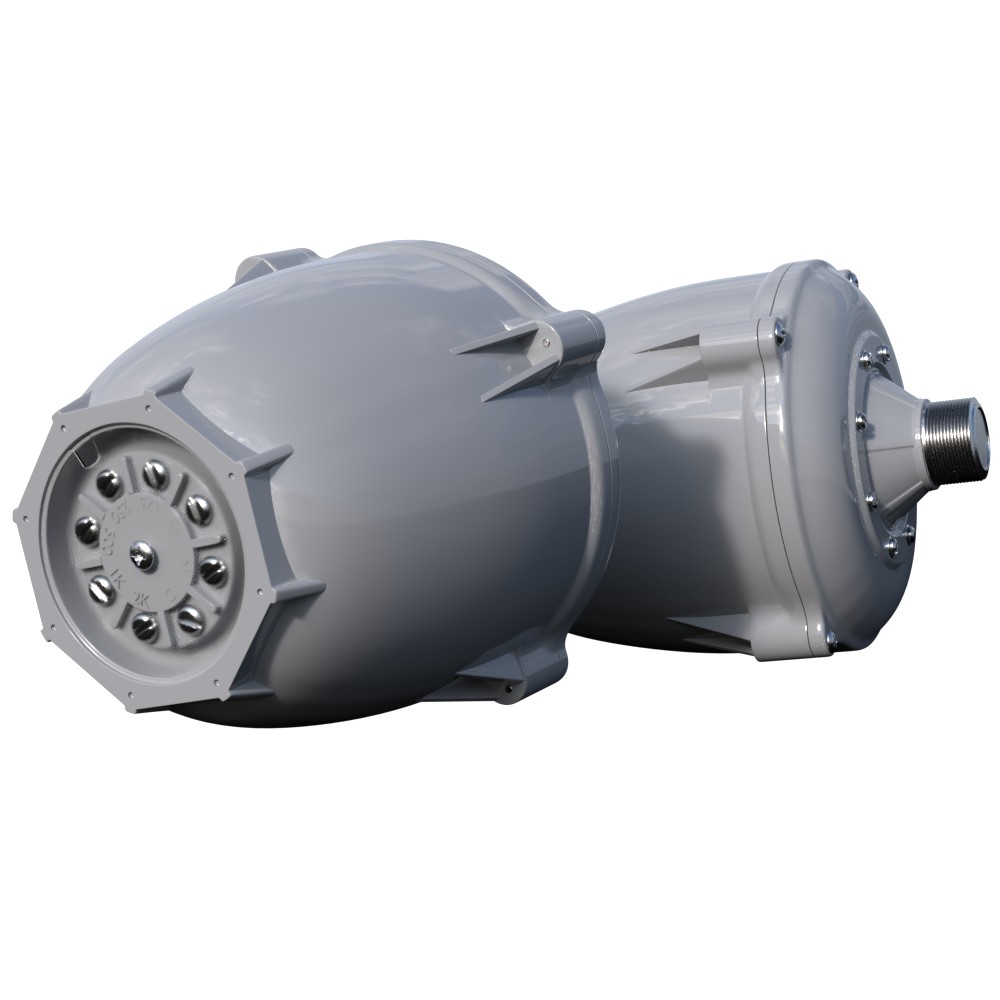No sound: Difference between revisions
(Created page with "==Testing Speakers== It is crucial to determine which model of audio drivers are being tested. Then, disconnect the outside speakers from the two terminals on the back of the...") |
No edit summary |
||
| Line 1: | Line 1: | ||
==Testing Speakers== | ==Testing Speakers== | ||
It is crucial to determine which model of audio drivers are being tested. Then, disconnect the outside speakers from the two terminals on the back of the amplifier. | It is crucial to determine which model of audio drivers are being tested. Then, disconnect the outside speakers from the two terminals on the back of the amplifier. Put a DC ohm meter across the terminals. If the reading is higher than the listed value, then one or more of the drivers could be open, or a connection is corroded. If lower, one or more drivers or the wiring may be shorted. | ||
==PD60 Drivers== | ==PD60 Drivers== | ||
[[File:PD60Drivers.jpg|400px|thumb|left|PD60 Drivers]] | [[File:PD60Drivers.jpg|400px|thumb|left|PD60 Drivers]] | ||
==SD60 Drivers== | ==SD60 Drivers== | ||
Revision as of 17:51, 2 November 2018
Testing Speakers
It is crucial to determine which model of audio drivers are being tested. Then, disconnect the outside speakers from the two terminals on the back of the amplifier. Put a DC ohm meter across the terminals. If the reading is higher than the listed value, then one or more of the drivers could be open, or a connection is corroded. If lower, one or more drivers or the wiring may be shorted.


